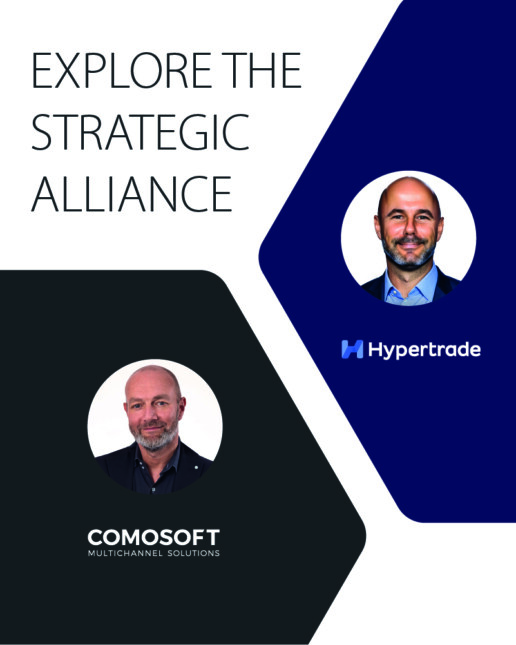What’s new? Bookmark this page for a list of current news by Comosoft and its growing customer base. We will also use this space to announce company-sponsored events, awards, and industry-related trade shows.
Reduce time to market in the manufacturing industry with DAM
17. July 2024
Is a slow product development lifecycle getting in the way of your ability to corner the market? Time to Market (TTM) is a pivotal success factor in the manufacturing industry, particularly when developing new products.
30th Anniversary Comosoft
8. July 2024
Today, we proudly celebrate our 30th anniversary and look back on an exciting journey characterised by continuous growth, unwavering commitment and ground-breaking achievements. Since our foundation in 1994, we have become a pioneer in software development and our success is based on three core principles: Innovation, Quality and Customer Satisfaction.
The Top 10 DAM Best Practices: Organizing The Chaos
1. July 2024
10 best DAM practises: Implementing a DAM system can help organize your business processes.
How to prevent 4 common errors in your product information
10. June 2024
Product information data should help you understand and locate all the products in your "catalog". Ideally, this means that everyone in your team and all your third-party partners can access the same information at the same time.
Why Retail Brands Can’t Ignore Digital Catalogs in 2024
30. May 2024
Print catalogs are still essential, but the retail world has fully transitioned to the digital age. Brands cannot afford to ignore the benefits of well-planned, integrated digital catalogs.
Unlocking Retail Success Through Digital Transformation
14. May 2024
For retailers, the right digital solution doesn't necessarily have to be ground-breaking. It should grow with the business and focus on performance, accuracy and efficiency. Marketers know the challenges that multichannel digital behaviour brings. They know they must remain flexible to meet customer needs and find new ways to succeed in today's changing markets. Having the right data is key. However, they need to learn how to develop and scale their organisation's most effective response without breaking their budget.
Inside the Hypertrade & Comosoft Strategic Alliance: A Blueprint for Retail Excellence
3. May 2024
In this interview, Frederic Etienbled and Peter Jozefiak talk about the partnership between Hypertrade and Comosoft, which offers a seamless integration of retail and multichannel marketing solutions that enable retailers to effectively tackle a wide range of challenges. Through continuous innovation, the partnership equips retailers with the tools to adapt and excel in a dynamic market environment.
The 7 Most Important Practices for Managing Your Digital Assets
2. May 2024
By many accounts, it can be difficult for teams to find what they need quickly and efficiently, even from within their organization. In fact, 26 percent of workers between the ages of 35 and 44 spend up to 5 hours each day looking for the data, assets, or information they need to do their job. Even with an intuitive digital asset management (DAM) system, finding the assets you need can be challenging without smart practices.
Trends to Watch: What’s Next in Multichannel Marketing
19. April 2024
What’s Next in Multichannel Marketing? Companies that employ multichannel marketing approaches benefit significantly from these strategies. Why is this? It’s because that’s how today’s consumers shop. In fact, 95% of modern consumers use 3+ channels to make decisions before purchasing. Brands that employ a multichannel strategy to meet these consumers across platforms and channels experience a 3x higher level of effectiveness in their marketing strategies.
How Do You Know If You Need A DAM System?
8. April 2024
There are many digital asset management systems available today.
To pick the right one, you must understand your pain points and your organization’s requirements.









